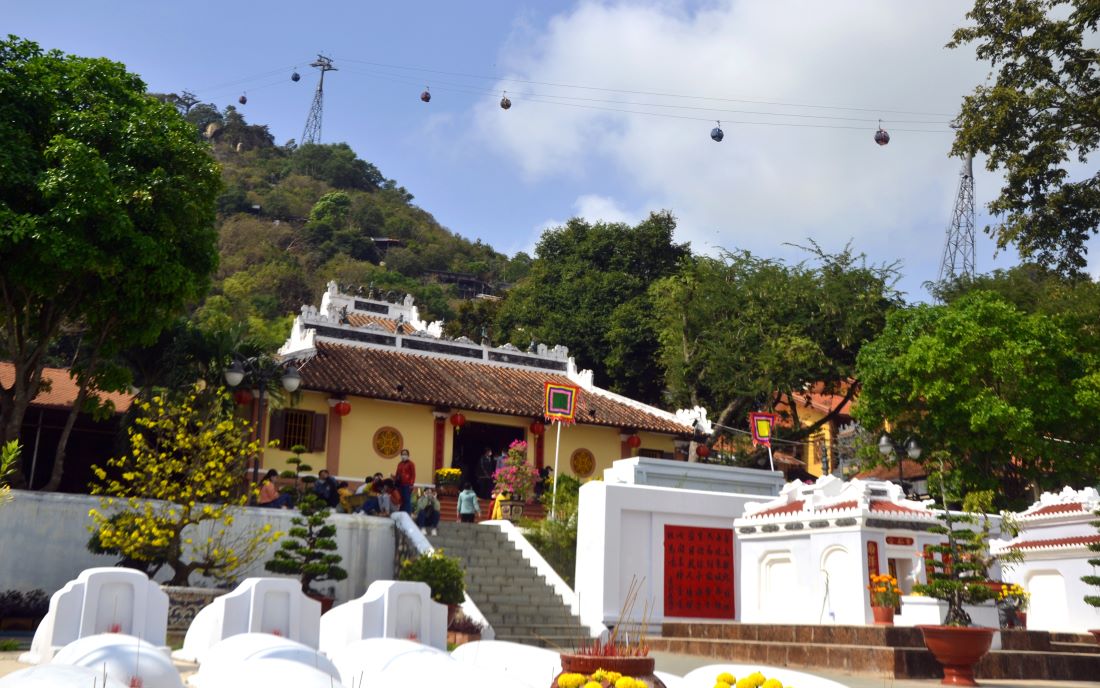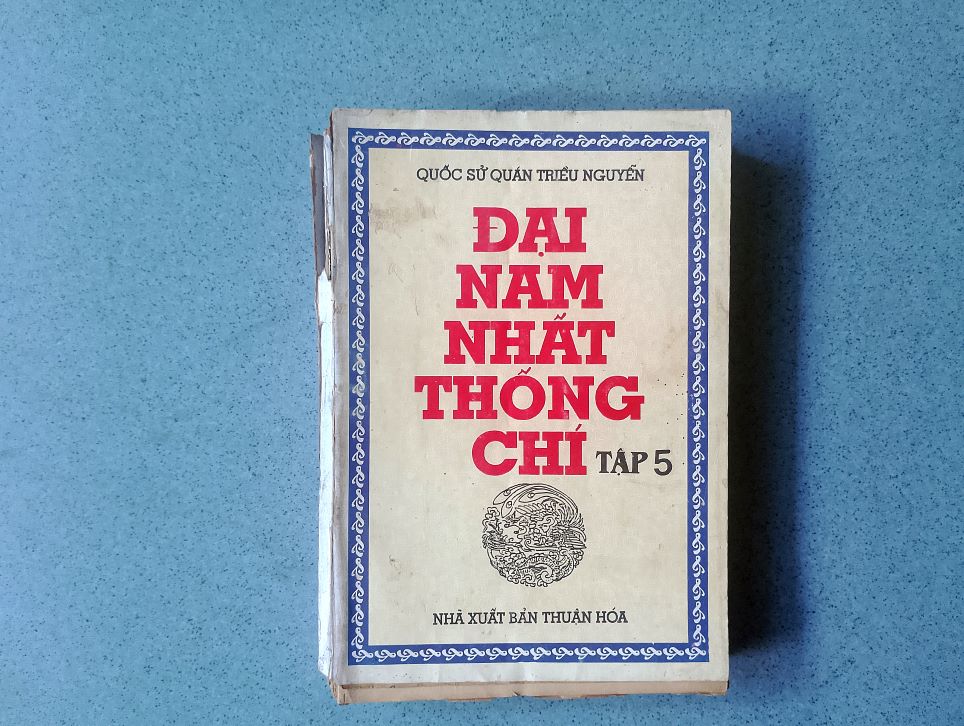“Secret” data
For a long time, many people have understood that the name “Vinh Te Canal” appeared in 1828, four years after the construction was completed (1824). This understanding most likely originated from the work “Thoai Ngoc Hau and the Explorations of Hau Giang” (Nguyen Van Hau - published in 1971).

In this work, Mr. Hau said that the name of Vinh Te canal (Han character is Vinh Te Ha) was given by King Minh Mang after the name of Thoai Ngoc Hau's wife: Chau Thi Te (1766-1826). Because she had devoted all her efforts to helping her husband, especially during the process of digging this canal, the king gave her the name of the canal Vinh Te Ha and the name of the mountain on the bank of the canal Vinh Te Son.
According to Mr. Hau, the basis for determining the four-name king in this case is the "Vinh Te Son Stele" (full name is "Phung Dac Tu Danh Vinh Te Son Bi Ky"). However, when referring to the content of this stele in the "Related Documents" section of the above work, we only saw the name Vinh Te Son mentioned, not the name "Vinh Te Ha". And Mr. Hau himself admitted that he had never seen any trace of the Vinh Te Ha stele.

However, many recent researchers on Nguyen Dynasty history have shown that this stele's basis is unconvincing, due to its "secret" nature.
Researcher Nguyen Huu Hiep, who has many years of research on the history of the Nguyen Dynasty and is currently living in An Giang, commented: Up to now, no official history book of the Nguyen Dynasty has mentioned the Vinh Te Son stele erected in 1828. Mr. Hiep also affirmed that no one has seen it and no one has preserved the content of the Vinh Te Ha stele.

Regarding the argument, this content makes many people suspicious, because the mountain and the canal are named Vinh Te, while the name of Thoai Ngoc Hau phu nhan only has the word Te, not Vinh.
Confirmation from official history
Contrary to the suspicious points of the Vinh Te Son stele, many official historical documents of the Nguyen Dynasty clearly state that the name of Vinh Te canal existed before the construction began (1819).
“Dai Nam Thuc Luc” of the National History Institute of the Nguyen Dynasty wrote: “In September of the year Ky Mao (1819), the king approved the digging of a canal connecting Chau Doc to Ha Tien and gave it the name Vinh Te”. And this is not the only document. This content is also recorded similarly in “Quoc Trieu Su Toa Yeu”. In the section on Duc The To Cao Hoang De (King Gia Long), it is clearly stated: “Digging Chau Doc river to connect with Ha Tien, called Vinh Te river”.

Especially in Dai Nam Nhat Thong Chi (National History Institute of the Nguyen Dynasty) in volume 5, in the section on An Giang, it is clearly and specifically written that the king gave the name Vinh Te canal before ordering Thoai Ngoc Hau to command the first canal digging: "In the year of Ky Mao, Gia Long 18, measured straight from the right rear moat of Chau Doc fort to the West, through Vam Nao Ca Am to Cay Ke citadel, 205 and a half miles, named the river Vinh Te, ordered Vinh Thanh Governor Nguyen Van Thoai and Commander Phan Van Tuyen (later given the national surname Nguyen Van Tuyen)... to dig".

Many researchers also pointed out the illogicality of the Vinh Te mountain stele. In his work, Mr. Hau said that the stele-laying ceremony was held at the same time as the mass reburial of the soldiers who died in the canal digging... On this occasion, Thoai Ngoc Hau read: "Te nghi trung van". In the part quoting the content of the sacrificial offering, there is a sentence: "The West is free to roam; Sam mountain is majestic as if waiting for the soul to return". It is unusual for Thoai Ngoc Hau, with the responsibility of "Following the Emperor's order", to read the sacrificial offering without calling Sam mountain Vinh Te mountain as the king had given.
Raising this issue, we do not intend to diminish the reputation of Thoai Ngoc Hau and his wife, or to elevate or lower any predecessors, but only hope that on the occasion of the upcoming scientific conference at the event commemorating the 200th anniversary of the completion of Vinh Te Canal (1824-2024), researchers will contribute their voices to help future generations understand correctly, fully and scientifically about their predecessors.











